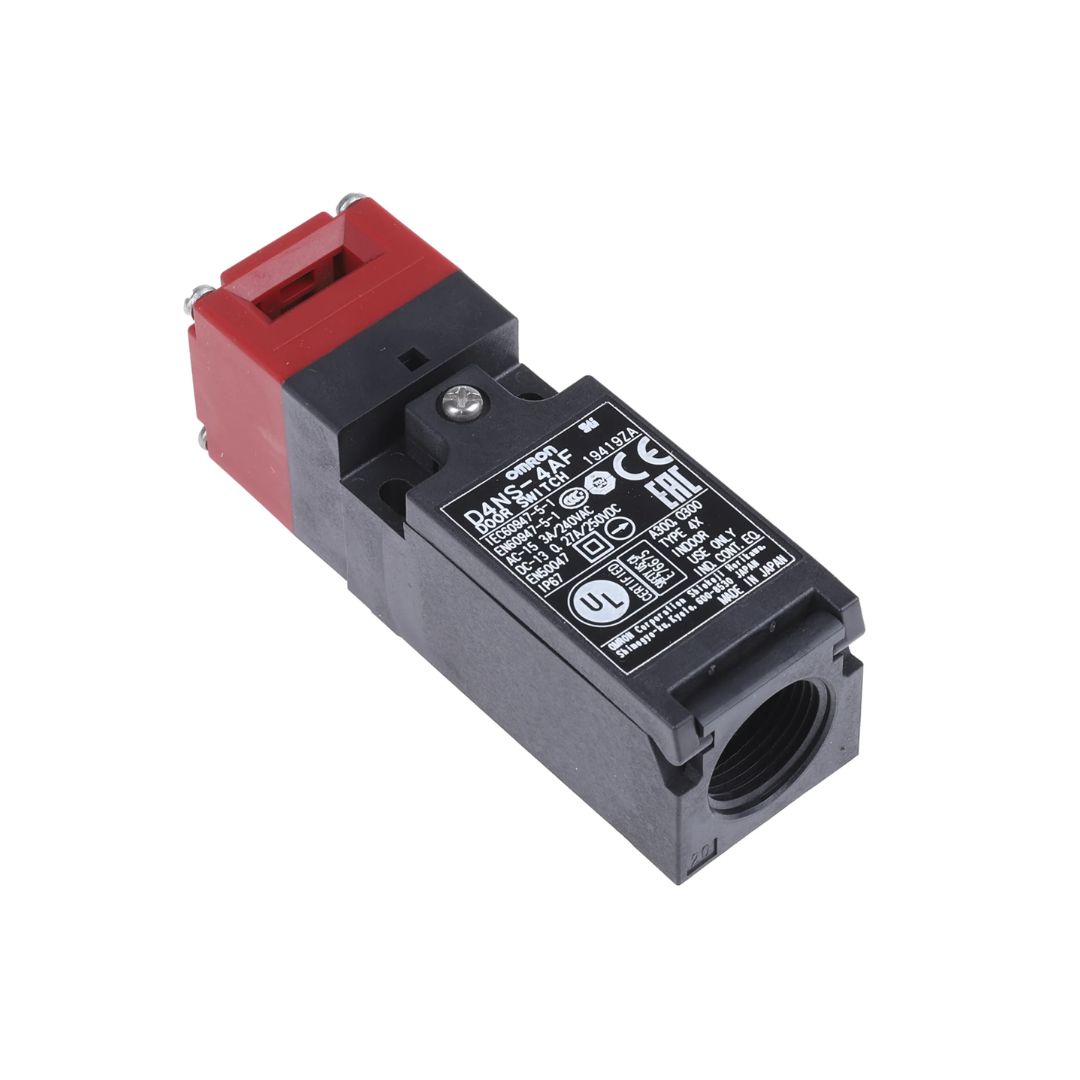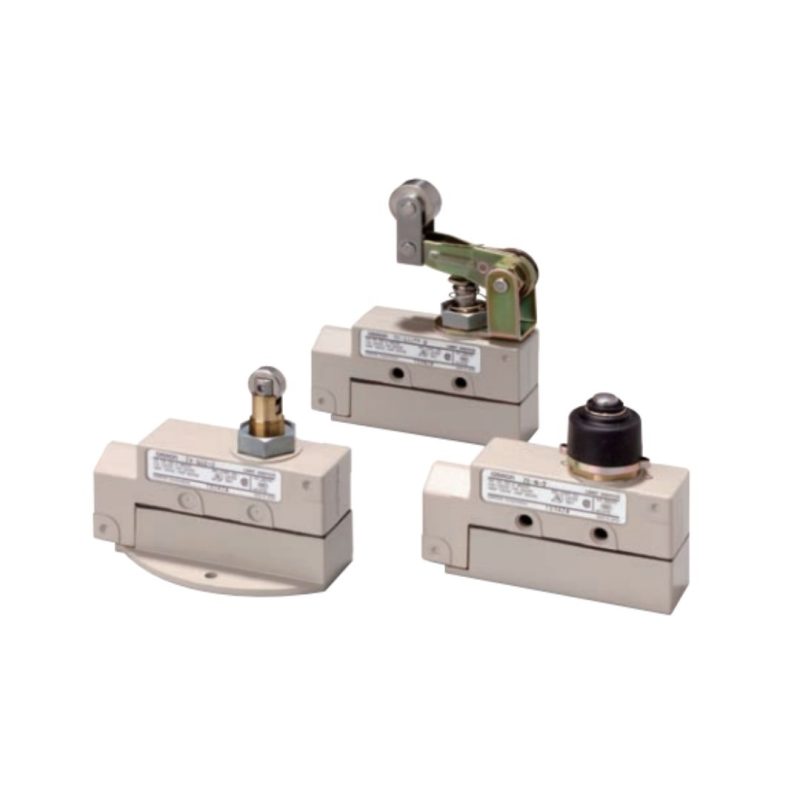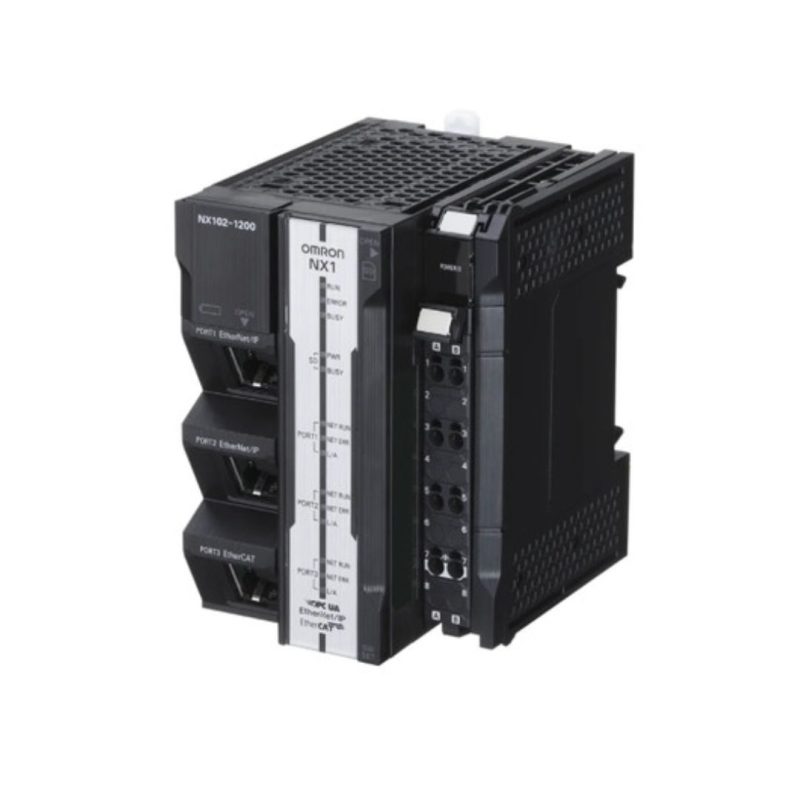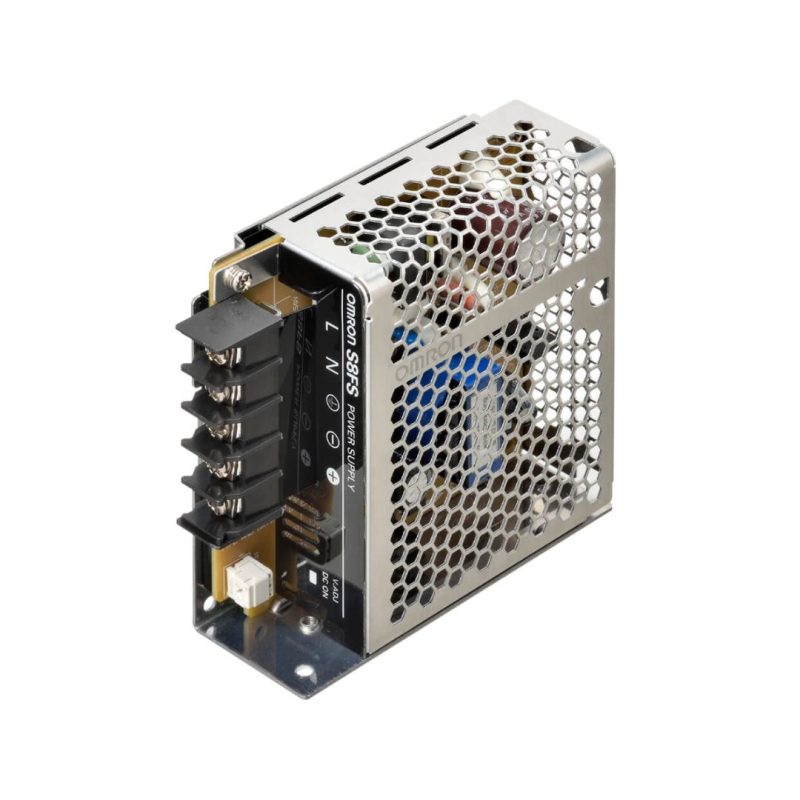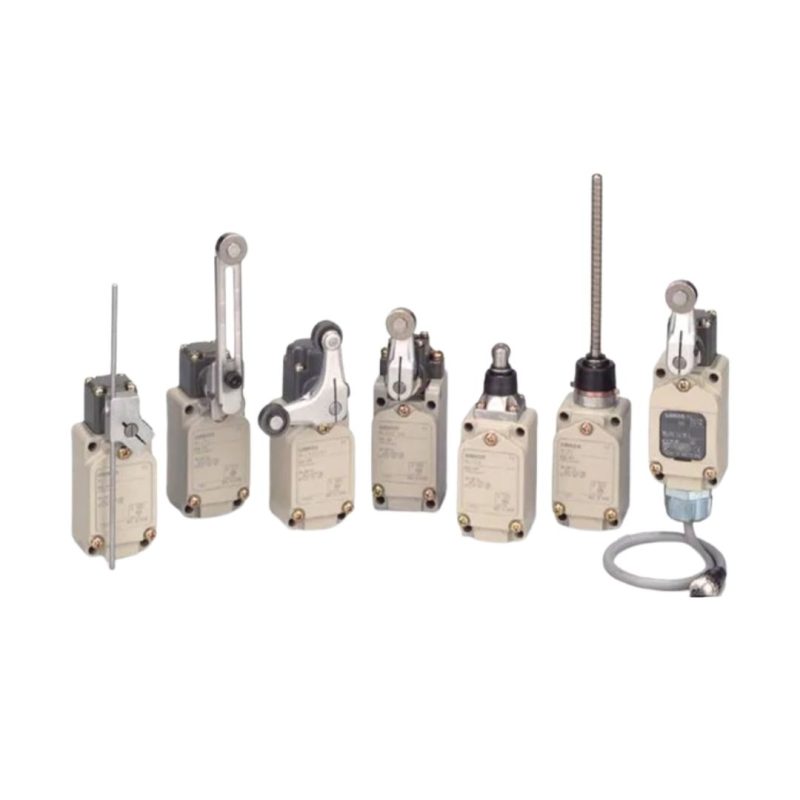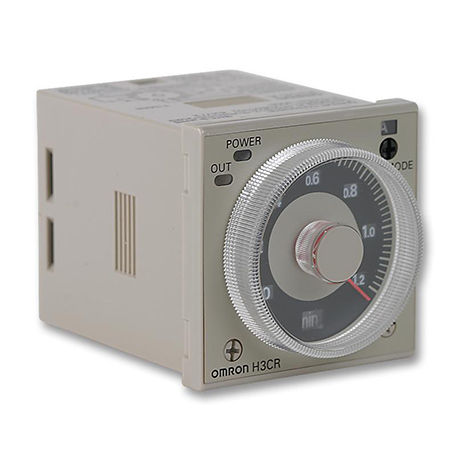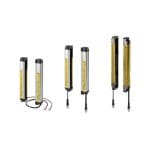
F3SJ Series
17/04/2024![G9SX-AD[] BC EX OMRON, elmecon](https://elmecon-mk.com/wp-content/uploads/2024/04/G9SX-AD-BC-EX-OMRON-150x150.jpg)
G9SX-AD[] / BC / EX
17/04/2024D4NS, D4NS-SK
- Lineup includes three contact models with 2NC/1NO and 3NC contact forms and MBB models in addition to the previous contact forms 1NC/1NO, and 2NC
- M12-connector models are available, saving on labor and simplifying replacement.
- Applicable to both standard loads and microloads.
- Variety of metallic heads available.
Download Catalog Click Here!
Category: Safety Component
Tags: Digital Twin Digitalization distributor PLC omron distributor plc omron di jakarta level swith Machine Vision PLC omron Predictive Maintenance Safety Component Omron sensor level air timer omron water level control wlc omron
Product Description
Introducing OMRON’s D4NS and D4NS-SK series: versatile safety-door switches catering to diverse industrial needs. With various contact models and M12-connector options, installation is simplified, saving on labor. These switches are compatible with standard and microloads, offering flexibility, while the range of metallic heads ensures durability in any environment.
Standards and EC Directives
Conforms to the following EC Directives:
• Machinery Directive
• Low Voltage Directive
• EN50047
• EN60947-5-1
• EN ISO 14119
• GS-ET-15
Certified Standards
| Certification body | Standard | File No. |
|---|---|---|
| TÜV SÜD | EN60947-5-1 (certified direct opening) |
Consult your OMRON representative for details. |
| UL *1 | UL508, CSA C22.2 No.14 | E76675 |
| CQC (CCC) | GB/T 14048.5 | Consult your OMRON representative for details. |
| KOSHA *2 | EN60947-5-1 | Consult your OMRON representative for details. |
*1. Certification for CSA C22.2 No. 14 is authorized by the UL mark.
*2. Only certain models have been certified.
Certified Standard Ratings
TÜV (EN60947-5-1), CCC (GB/T 14048.5)
| Utilization category | AC-15 | DC-13 |
|---|---|---|
| Rated operating current (Ie) | 3 A | 0.27 A |
| Rated operating voltage (Ue) | 240 V | 250 V |
Note: Use a 10 A fuse type gI or gG that conforms to IEC60269 as a short-circuit protection device. This fuse is not built
into the Switch.
into the Switch.
UL/CSA (UL508, CSA C22.2 No. 14)
A300
| Rated voltage | Carry current | Current (A) | Volt-amperes (VA) | ||
|---|---|---|---|---|---|
| Make | Break | Make | Break | ||
| 120 VAC | 10 A | 60 | 6 | 7,200 | 720 |
| 240 VAC | 30 | 3 | |||
Q300
| Rated voltage | Carry current | Current (A) | Volt-amperes (VA) | ||
|---|---|---|---|---|---|
| Make | Break | Make | Break | ||
| 125 VDC | 2.5 A | 0.55 | 0.55 | 69 | 69 |
| 250 VDC | 0.27 | 0.27 | |||
Characteristics
| Interlock type | Type 2 (EN ISO 14119) | |
|---|---|---|
| Coding level | Low level coded (EN ISO 14119) | |
| Degree of protection *1 | IP67 (EN60947-5-1) | |
| Durability *2 | Mechanical | Standard type: 1,000,000 operations min. High pull-force type: 100,000 operations min. |
| Electrical | Standard type: 500,000 operations min. (3 A resistive load at 250 VAC) *3 300,000 operations min. (10 A resistive load at 250 VAC) High pull-force type: 100,000 operations min. (10 A resistive load at 250 VAC) |
|
| Operating speed | 0.05 to 0.5 m/s | |
| Direct opening force *4 | Standard type: 60 N min. High pull-force type: 80 N min. |
|
| Direct opening travel *4 | 10 mm min. | |
| Contact resistance | 25 mΩ max. | |
| Minimum applicable load *5 | 1 mA resistive load at 5 VDC (N-level reference value) | |
| Rated insulation voltage (Ui) | 300 V | |
| Rated frequency | 50/60 Hz | |
| Protection against electric shock | Class II (double insulation)  |
|
| Pollution degree (operating environment) | 3 (EN60947-5-1) | |
| Impulse withstand voltage (Uimp) (EN60947-5-1) |
Between terminals of same polarity |
2.5 kV |
| Between terminals of different polarity |
4 kV | |
| Between each terminal and non-current carrying metallic parts |
6 kV | |
| Insulation resistance | 100 MΩ min. | |
| Contact gap | 2 × 2 mm min. | |
| Vibration resistance | Malfunction | 10 to 55 Hz, 0.75 mm single amplitude |
| Shock resistance | Destruction | 1,000 m/s2 min. |
| Malfunction | 300 m/s2 min. | |
| Conditional short-circuit current | 100 A (EN60947-5-1) | |
| Conventional free air thermal current (Ith) | 10 A (EN60947-5-1) | |
| Ambient operating temperature | -30 to 70°C (with no icing) | |
| Ambient operating humidity | 95% max. | |
| Weight | Approx. 96 g (D4NS-1CF) | |
Note: 1. The above values are initial values.
2. The Switch contacts can be used with either standard loads or microloads. Once the contacts have been used to
switch a load, however, they cannot be used to switch smaller loads. The contact surfaces will become rough
once they have been used and contact reliability for smaller loads may be reduced.
*1. The degree of protection is tested using the method specified by the standard (EN60947-5-1). Confirm that sealing
properties are sufficient for the operating conditions and environment beforehand. Although the switch box is
protected from dust or water penetration, do not use the D4NS in places where foreign material may enter through the
key hole on the head, otherwise Switch damage or malfunctioning may occur.
*2. The durability is for an ambient temperature of 5 to 35°C and an ambient humidity of 40% to 70%. For more details,
consult your OMRON representative.
*3. Do not pass the 3 A, 250 VAC load through more than 2 circuits.
*4. These figures are minimum requirements for safe operation.
*5. This value will vary with the switching frequency, environment, and reliability level. Confirm that correct operation is
possible with the actual load beforehand.
2. The Switch contacts can be used with either standard loads or microloads. Once the contacts have been used to
switch a load, however, they cannot be used to switch smaller loads. The contact surfaces will become rough
once they have been used and contact reliability for smaller loads may be reduced.
*1. The degree of protection is tested using the method specified by the standard (EN60947-5-1). Confirm that sealing
properties are sufficient for the operating conditions and environment beforehand. Although the switch box is
protected from dust or water penetration, do not use the D4NS in places where foreign material may enter through the
key hole on the head, otherwise Switch damage or malfunctioning may occur.
*2. The durability is for an ambient temperature of 5 to 35°C and an ambient humidity of 40% to 70%. For more details,
consult your OMRON representative.
*3. Do not pass the 3 A, 250 VAC load through more than 2 circuits.
*4. These figures are minimum requirements for safe operation.
*5. This value will vary with the switching frequency, environment, and reliability level. Confirm that correct operation is
possible with the actual load beforehand.


